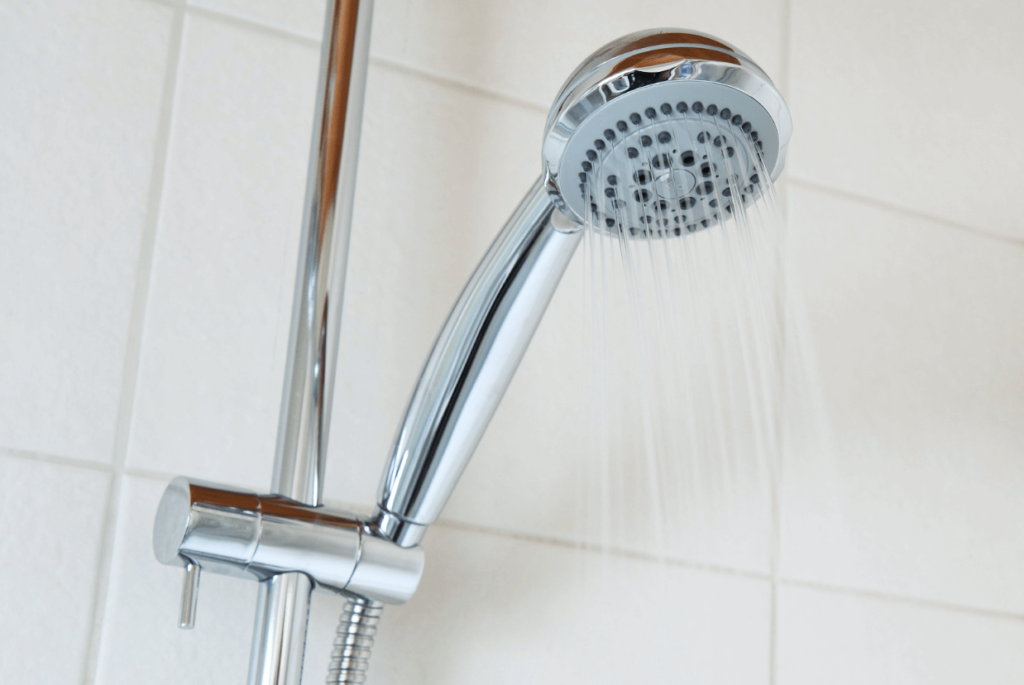Heating water takes up approximately 20% of an average home’s energy budget. Your home’s water heater is a fundamental part of your everyday life. From doing the dishes and laundry to washing your hands and taking a bath or shower, keeping your hot water consumption at a minimum can be challenging. However, instead of wondering who to call when there’s no hot water, here are essential tips for improving your home’s water heater efficiency.

Use Limited Hot Water
Minimized hot water usage is the most accessible solution to enhance water heater effectiveness. During the winter, you can opt for quicker showers, fewer baths, productively loaded dishwashing cycles, and cold water laundering. Doing all this will sum up to substantial savings, and ensure that there’s always hot water available for you and your family. Install Faucet Attachments and Efficient Showerheads
Another effective method of reducing your home’s hot water usage is by replacing your household’s present plumbing units with more effective alternatives. Low-flow units will aid in reducing the number of gallons per minute which ultimately end up as wastewater. Faucet aerators and showerheads can be affordable and easily replaced. The discrepancy in energy loss is worth the expense.
Reduce Your Water Heater’s Temperature
This is an important yet obscure way to increase your home’s water heater efficiency. Water heaters are commonly installed with their temperatures set to 140°F, even though that is a needlessly high setting. In the United States, the average shower thermal reading is approximately 105°F. Setting your home’s water heater to 120°F will ensure you have loads of heat. While lowering your water heater thermostat setting is unlikely to affect hot water use, it will however result in a 6% to 10% reduction in your heater’s energy consumption.
Insulate Your Home’s Water Pipes
One method of ensuring your water heater doesn’t work harder than it’s supposed to be is by insulating your hot water and cold water pipes that might be running through exposed places in your home. By properly doing this, you can reduce undesirable heat loss. You can even take another important step forward by insulating the water tank. However, this may be irrelevant if you own a more modern water heater because they generally come with built-in insulation.
Drain the Tank
Flushing your home’s water heater out is another way to aid it to function more effectively. In fact, manufacturers recommend doing this at least twice every year. Before you take any step towards draining it out, you have to consult the manual. Afterward, disconnect its energy source, shut the water supply outlet, and fasten a hose to its drain spigot underneath the tank that runs someplace outside your household, like a large bucket or a storm drain. It’s all that easy. However, if you are not too sure about DIYing any step in this process, you should contact a professional plumber.
These important tips won’t just save you a lot of money during the colder months; they are cost-effective, reliable steps you can afford to take at any time throughout the year to save money. The useful life and efficiency of your water heating unit will increase significantly.
